RESTING EASY – HOW TO MAKE THE MOST OF YOUR REST DAYS
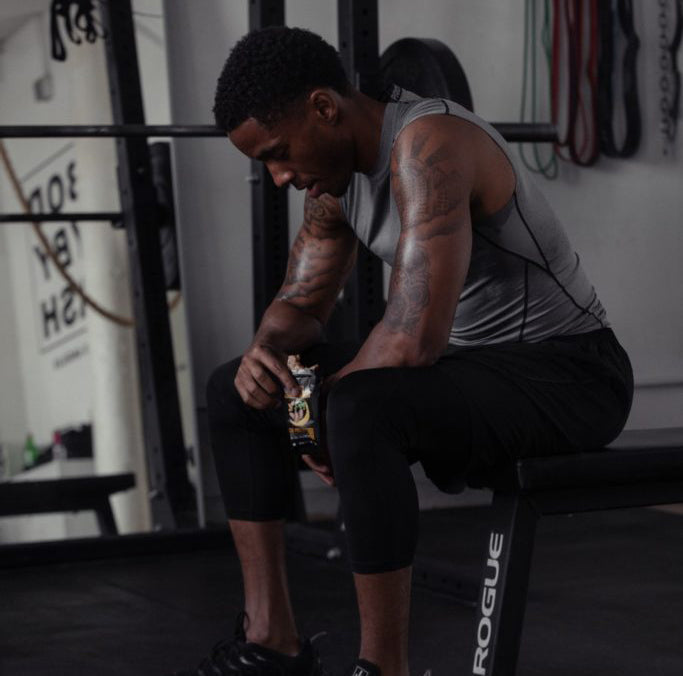
When was the last time you took a rest day? If you had to look at your smart watch, it’s probably been too long.
In today’s nonstop world, rest can be a radical act. Taking time away from the gym and varying the intensity of your workouts is the key to the longevity of your training career.
WHAT HAPPENS WHEN YOU DON’T REST
Too many days at too high an intensity can actually hamper your progress. Overtraining happens when the amount of stress on your body exceeds your body’s ability to recover.
Unlike ordinary fatigue, overtraining syndrome is persistent and can’t be fixed by a single night’s rest. As a response to too much stress, the body produces inflammatory cytokines and elevates stress hormones like glucocorticoids which decrease immunity and disregulates sleep and hunger cues. Overtraining is also the primary cause of amenorrhea or the loss of menstrual cycle in female athletes.
Overtrained athletes experience a decline in performance and are more susceptible to injury. Without adequate time to repair, muscles and connective tissue like tendons and ligaments are less prepared for the stress of a tough workout. Repetitive training can also contribute to overuse injuries or stress fractures.
In addition to the physical impacts, studies suggest that overtraining has negative mental health effects and can lead to burnout among competitive athletes. Overtraining can also be a result of compulsive exercising, Anorexia athletica, a mental health condition that needs to be treated by a professional.
HOW OFTEN SHOULD YOU REST
Most muscle groups take between 24 and 48 hours to fully recover from resistance training which is why the classic upper body/lower body training split is so popular. Training plans are periodized or broken up into cycles to promote progress and reduce the chance of burnout. Muscles need time to repair and recover, overloading your body with stimulus isn’t a shortcut to gains and will most likely result in injury.
While the frequency of rest varies from person to person, most experts recommend taking one active rest day every three to five days. Factors like fitness level, gender, and age may mean that you need greater to fewer rest days than the recommended amount.
One of the best ways to train for longevity is to listen to your body and recognize the signs of burnout before it happens. When your body is continually under stress you will not be able to progress or perform to the best of your abilities.
Signs you need a rest day include fatigue, persistent soreness, and poor sleep. Training at a high level is both physically and mentally taxing. In addition to physical symptoms, mental and emotional cues may also indicate it’s time for a day off. Irritability, low mood, and workout-related anxiety may also be signs that it’s time to take a break.
REST DAY RECOMMENDATIONS
Drop the all-or-nothing mentality. Just because it’s your scheduled rest day, that doesn’t mean you need to avoid all exertion. Now is the perfect time to enjoy a low intensity activity, connect with friends, prepare some nutritious meals, or work on your foam rolling technique.
Low intensity exercises are defined as less than 50% max heart rate. You should be able to easily hold a conversation while you’re doing them. Activities like walking, hiking, yoga, and swimming boost circulation and help reduce muscle soreness while also lowering levels of stress hormones.
Studies suggest that incorporating a cool down or self-myofascial release session post workout can also help prevent soreness and boost recovery. For example, a self-paced walk after a sprinting session or a series of active stretches after weight lifting can help your body recover faster than simply hitting the showers.














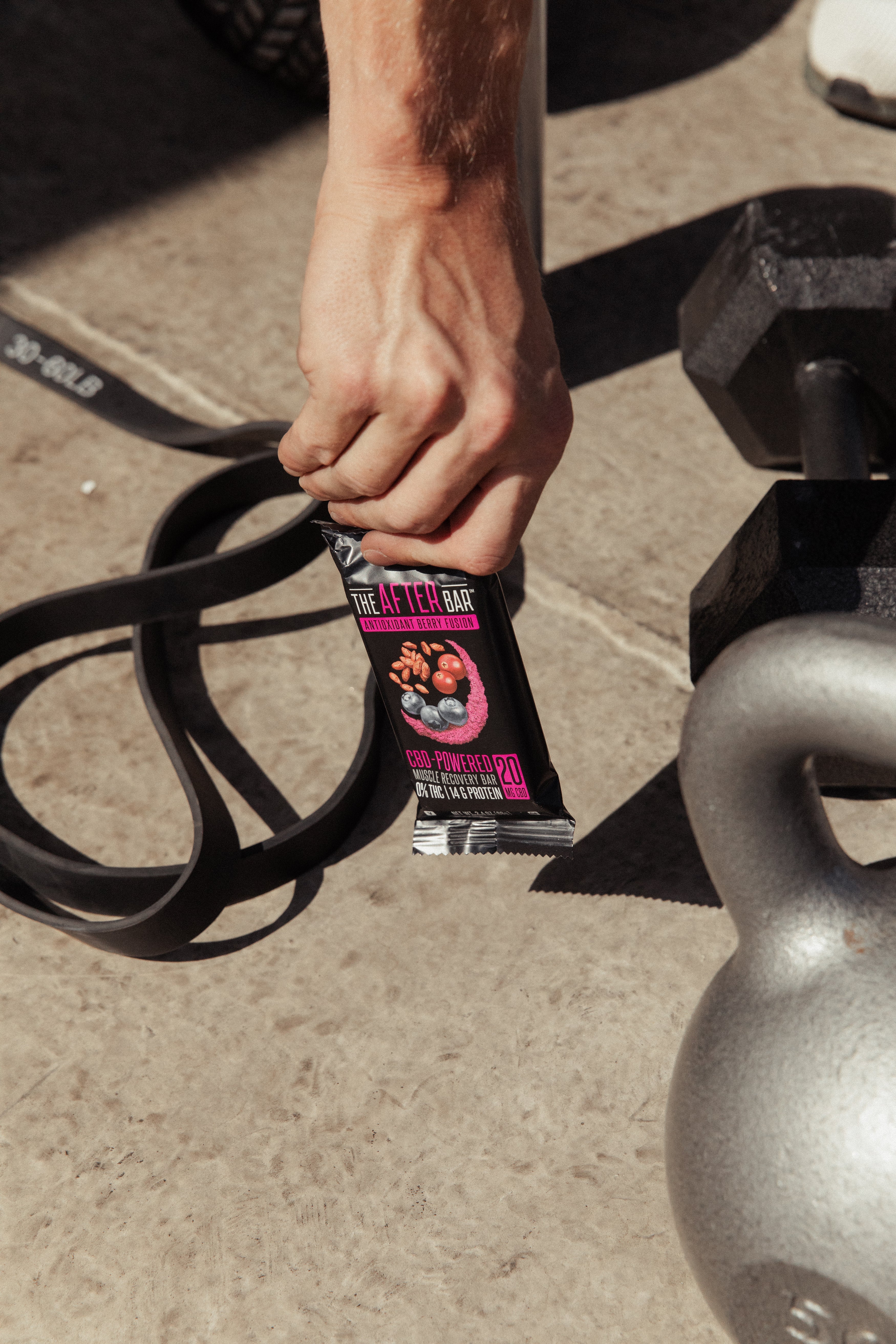

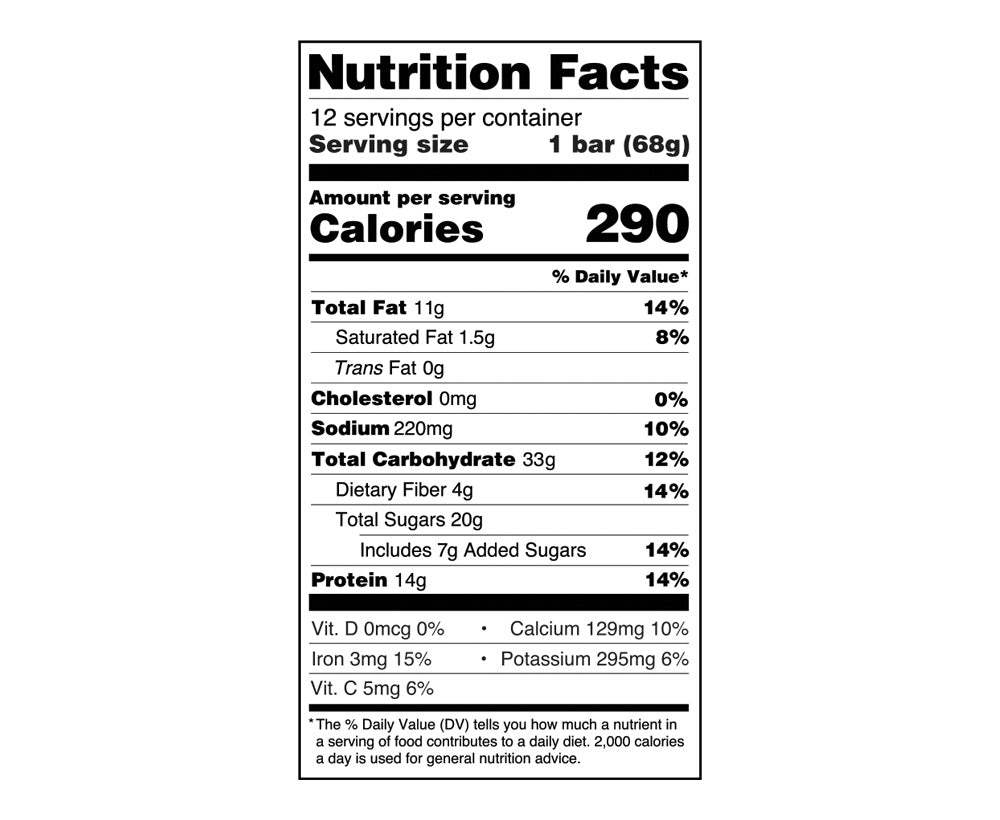




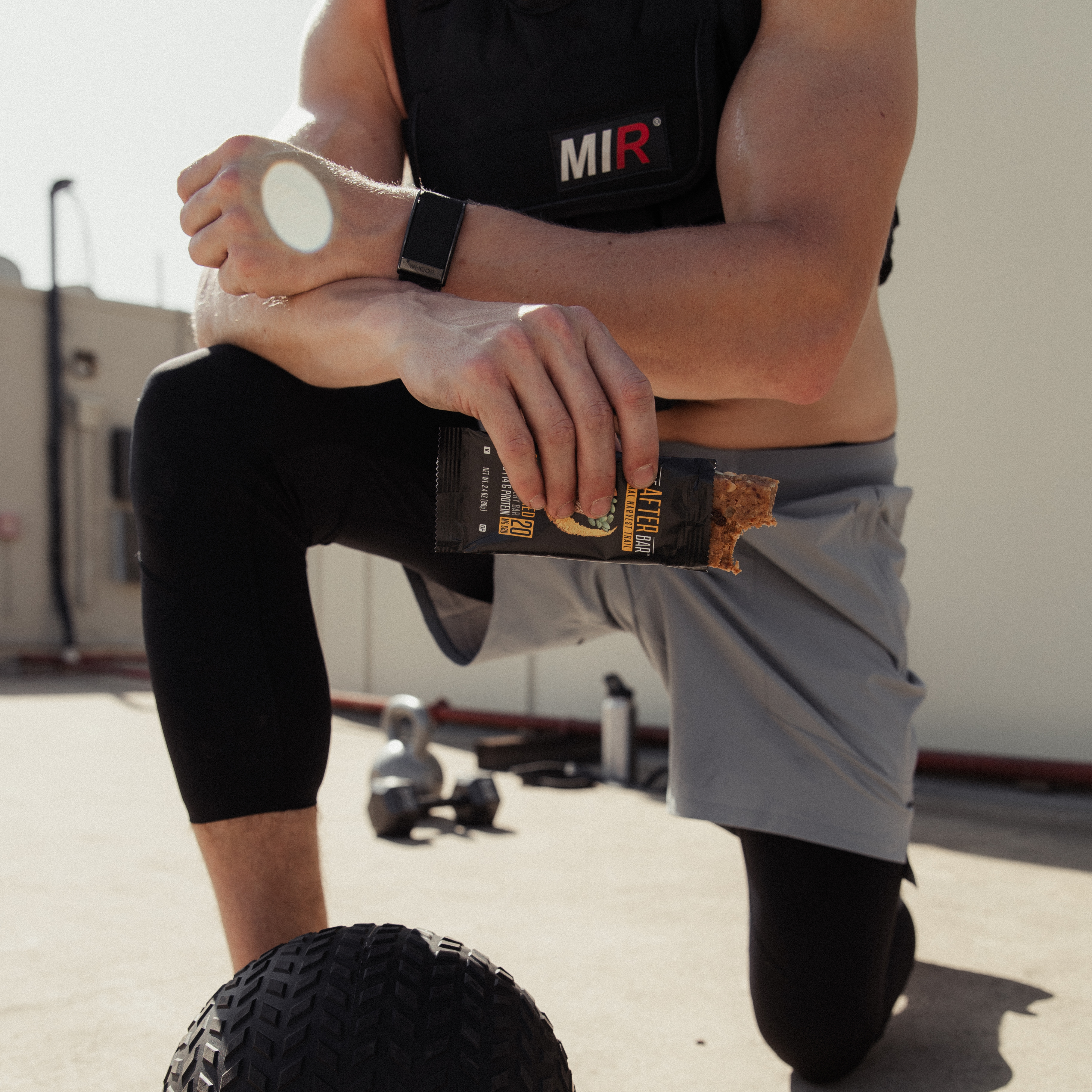
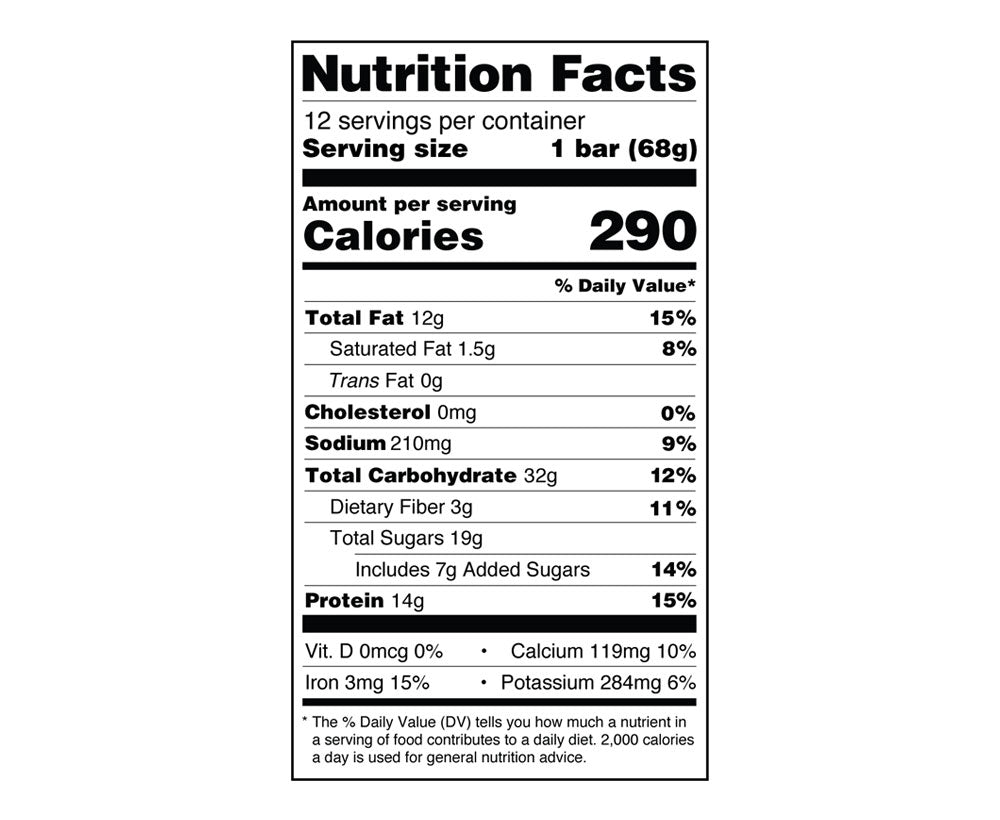
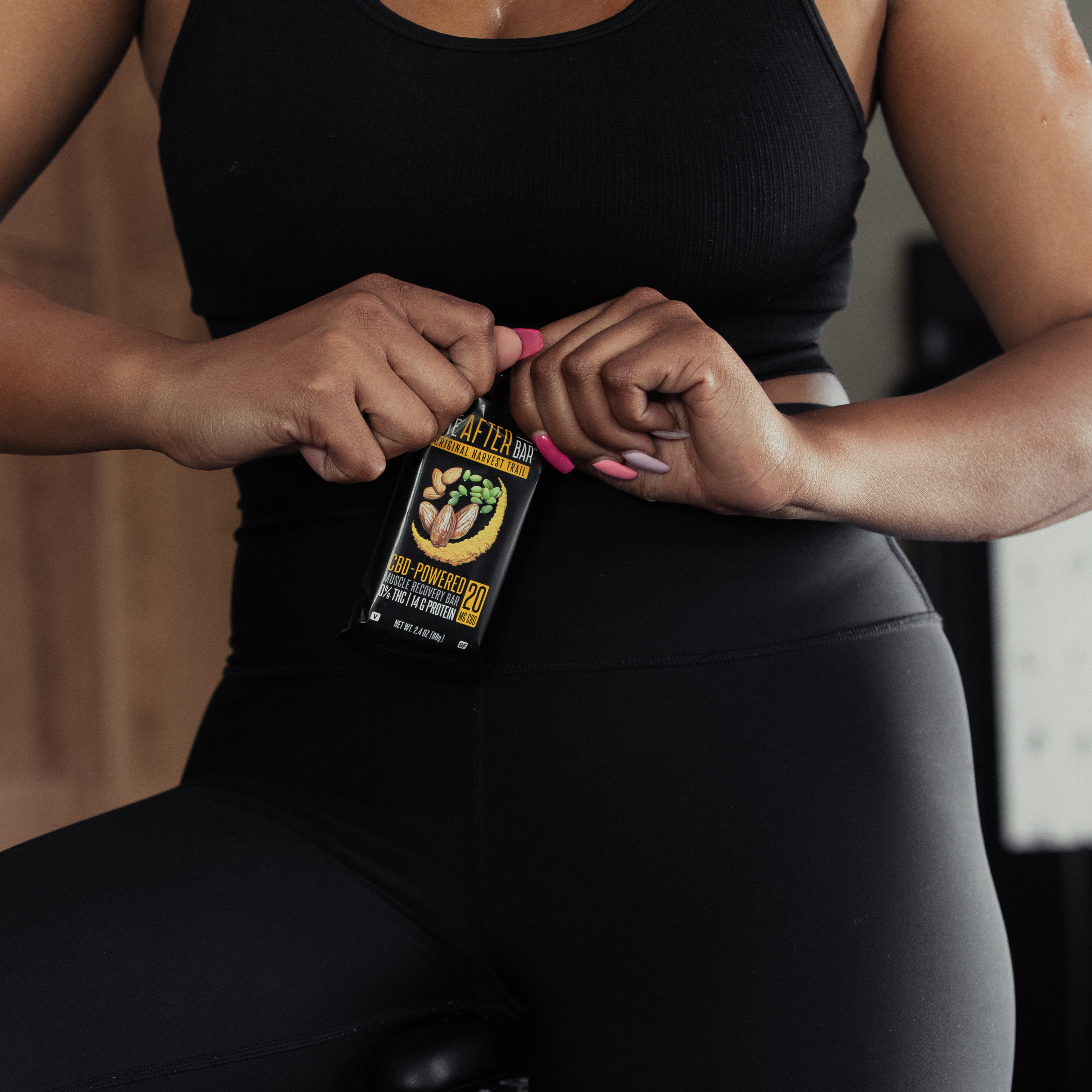

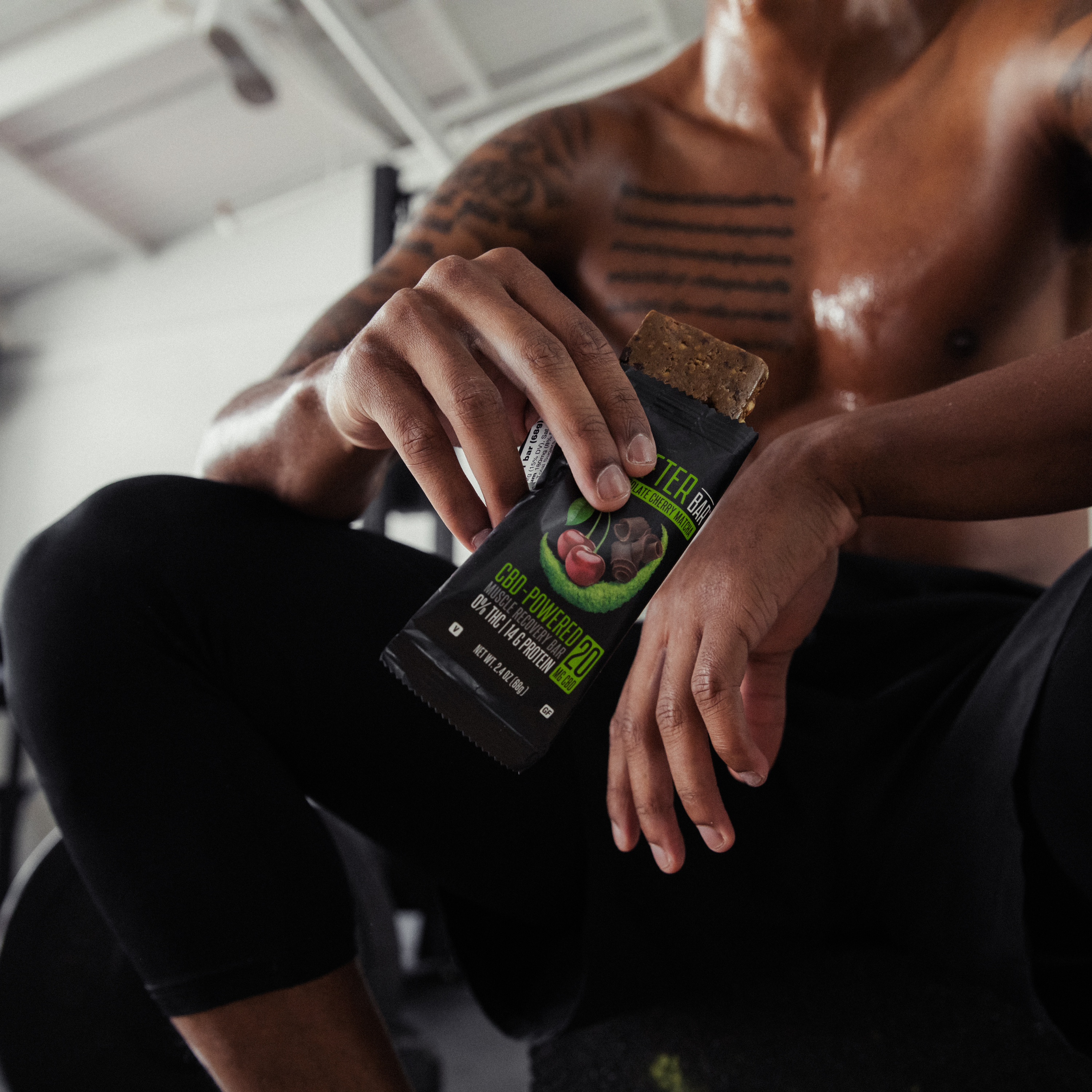


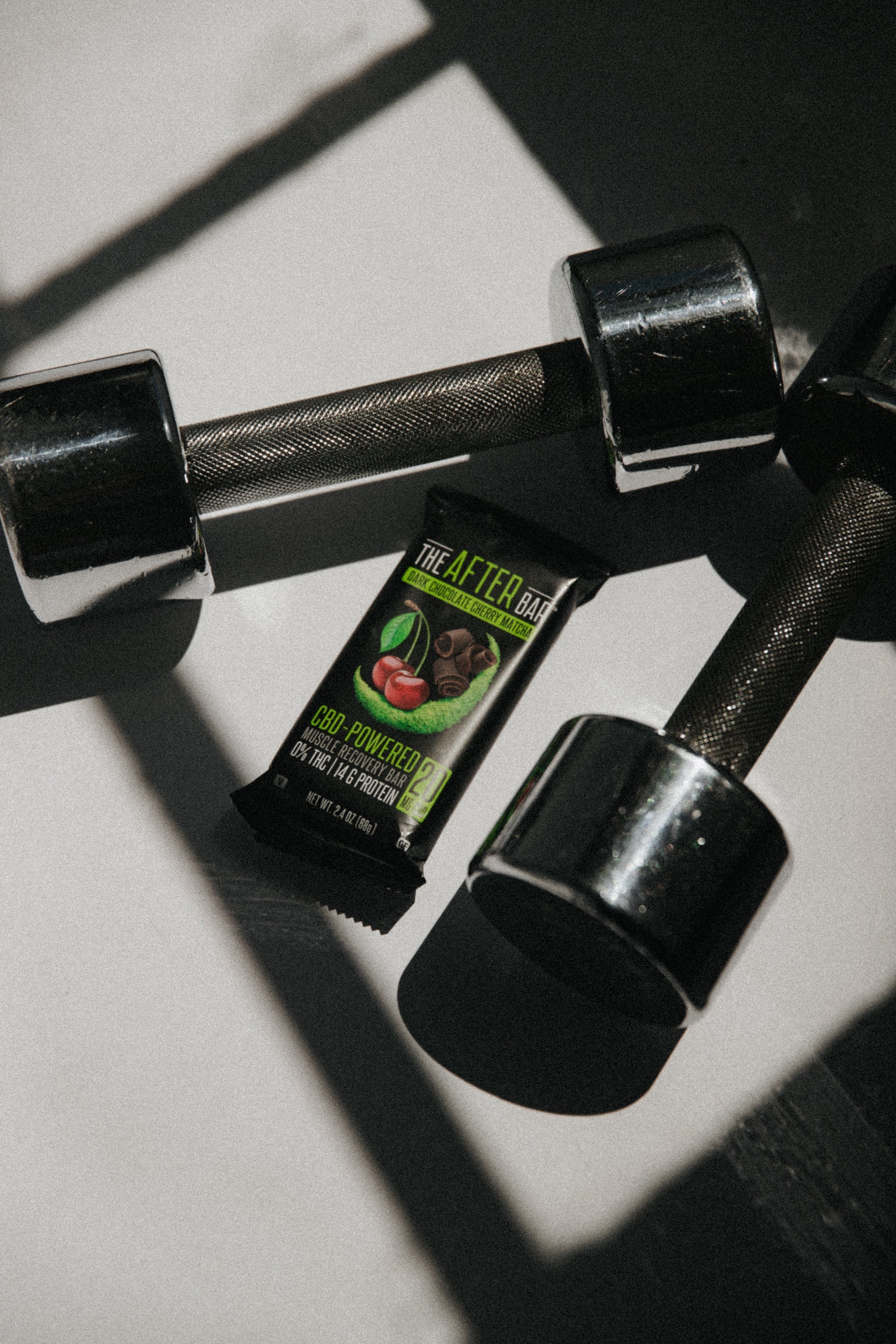

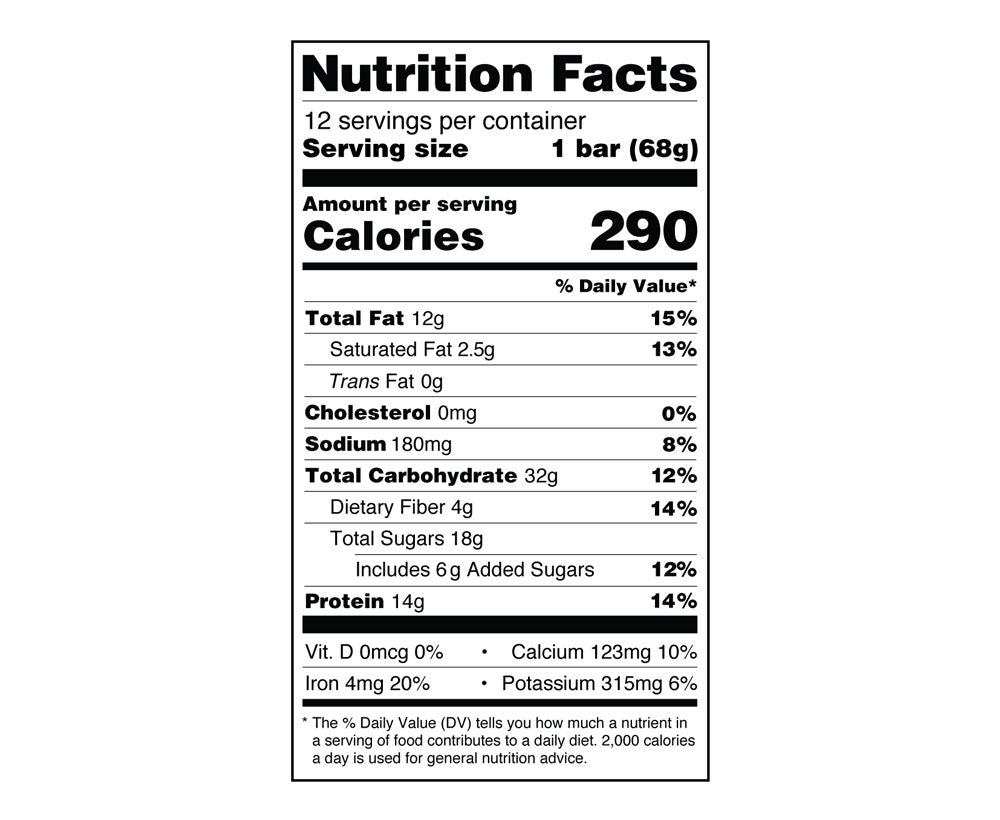
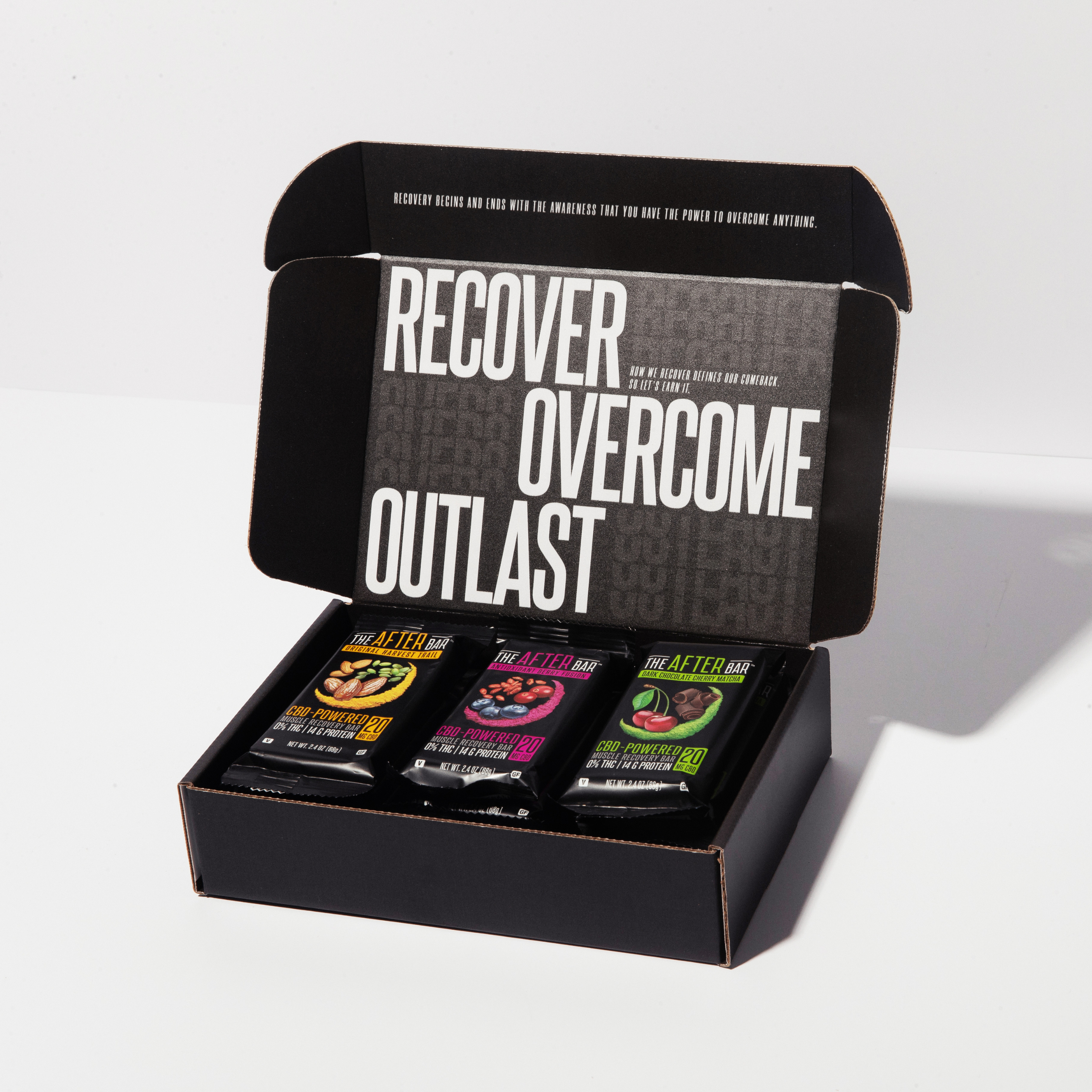




Leave a comment